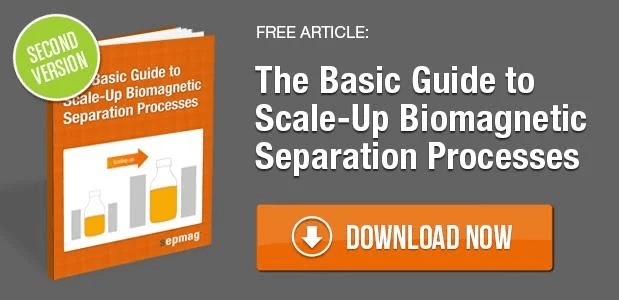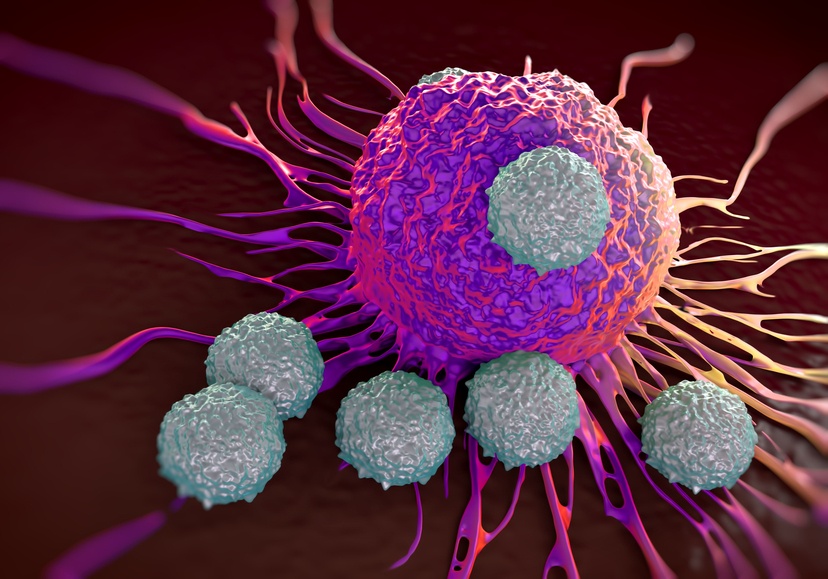CD4+ lymphocytes are of particular interest in patients infected with Human Immunodeficiency Virus (HIV). A devastating effect of this retroviral infection is a progressive loss of CD4+ cells. These cells are crucial to a healthy immune system. When the level of CD4+ cells fall below 200cells/uL whole blood the patient is diagnosed with Aquired Immune Deficiency Syndrome (AIDS).
Therefore, the number of CD4+ cells in these patients is a good way to determine when to start antiretroviral treatment, and to administer drugs to protect against opportunistic pathogens. Currently, the most accepted way to measure the CD4+ concentration in whole blood is to use flow cytometry. However, this technology is extremely expensive and requires trained technicians to operate and maintain the machine. An alternative method is needed in resource poor areas. This alternative method would ideally be implemented at the point of care to avoid transportation of samples to and from a laboratory. One such recently developed technology is a magneto-ELISA to detect the concentration of CD4+ lymphocytes in whole blood. The detection system relies on magnetic separation to obtain an isolated population of CD4+ cells. It has a demonstrated limit of detection of 50 Cd4+ cells per μL, which is sensitive enough to diagnosis AIDS.
Technical details of the magneto-actuated ELISA
This system is combining the power of magnetic separation with the optical detection of an Enzyme-linked immunoabsorbant assay (link to types of immunoassays). The whole blood sample is co-incubated with CD3-coated magnetic particles and biotinylated CD4+ antibody. The magnetic particles and the antibody both bind to the CD4+ cells specifically. The magnetic particles allow for the magnetic separation of CD4+ cells. The remaining cell types are washed away and the isolated CD4+ sample is placed into 96-well microplates. At this point the optical reporter streptavidin-HRP (Horse radish peroxidase) is added to each well in the plate. The streptavidin-biotin affinity(link to magnetic-MIP for detection of biotinylated biomolecules) allows for the attachment of the reporter to the CD4+ cells. The unbound reporter is washed away. Peroxidase is added, which reacts with the HRP and produces an optical signal that can be measured at 450nm by a microplate reader. The absorbance at 450nm is directly proportional to the concentration of CD4+ cells.
This magneto-ELISA is compact and low cost. These features indicate that is could easily be adapted as a point-of-care tool in low resource settings. The use of 96-well microplates is beneficial because it allows for high-throughput as large number of samples can be evaluated at the same time.
Related news
- DNA capture using magnetic nanoparticles
- Using magnetic nanoparticles for molecular diagnosis of S. aureus
- Recent advances in protein purification using biomagnetic separation - Part 2





